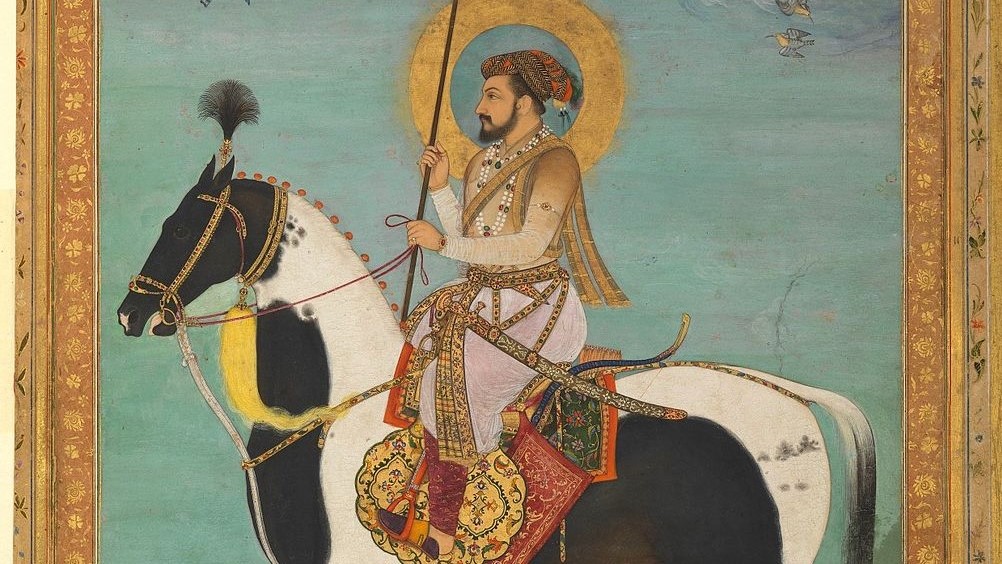How does geography affect inequality and growth? Too often economic historians seeking to explain divergent national living standards ignore the constraints posed by geography and climate, argues Professor Tirthankar Roy in his new book, ‘Monsoon Economies: India’s History in a Changing Climate.’
Available water is to monsoon economies what fossil fuels were to pre-industrial Europe: a breakthrough resource which can drive growth and living standards. Water availability affects the intensity of agriculture, the seasonality of employment, and the disease environment. Yet water access is naturally highly constrained in monsoon economies by geography and climate thus limiting development.
In this post, we discuss Professor Roy’s new book with him. He describes the tremendous improvements in water access as well as the social, ecological, and environmental stress caused by these gains. The conversation finishes by considering how this history influenced current environmental discourse in India and how access to water might change with future shifts in climate.
What was the problem with water availability in 19th century India?
TR: India belongs in a class of regions which the geographers call the tropical monsoon. It is extremely hot with very arid lands. So, the easiest kinds of water to harvest – surface water like a pond or a lake or a river – dry up for about six months of the year. There are rains, but they are very seasonal. For a short period – weeks, or a few months – there is a significant inflow of moisture. The rest of the year is extremely dry.

To live in this region at all, you must store water on a scale that will withstand the high evaporation rate, or you drill underground. These are expensive propositions. It is not easy for a pre-modern village to construct this kind of technology. But a huge number of local solutions to the problem of seasonal water inflow did exist. Everyone understood you must store water to survive.
In a normal year these solutions worked, though mortality from water borne diseases was high. When the rains failed, however, famine-like conditions and disease outbreaks occurred. These were the benchmark conditions of the nineteenth century. A big part of my book, Monsoon Economies, is about understanding how this situation changed.
So how did water storage and availability change in the nineteenth and twentieth centuries?
TR: The key dataset is per capita water access. This shows a changing trajectory from the 1880s – around which time there were massive famines in India (1876, 1896, and 1898). From then, there was an upward trend in per capita water access which accelerated in the first half of the 20th century with the introduction of more elaborate dams and cheaper drilling technologies.

But greater water access is only one part of the story. The other part is the stress caused to the environment. Exploitable ground water has declined significantly; dams have changed the environment in insidious ways and generated social conflicts. Ecological stress is the price paid for the achievement of greater water access.
What factors allowed water access to increase? Why does this occur in the last quarter of the 19th century?
TR: There are quite a few things you can date from the last quarter of the nineteenth century. Sanitation, for example. The bacteriological breakthroughs in Louis Pasteur and Robert Koch’s laboratories related to sanitation. The focus of research was very strongly on the tropical regions because that is where some of the biggest outbreaks were happening. The findings boil down to water quality.
This research coincided with the massive famines that broke out in India in the last quarter of the nineteenth century. These produced unprecedented volumes of documentation partly because Indian famines became a scandal of empire in Britain, exposing the poor quality of government in distant India. Partly, also, because huge famines created revenue shocks for the colonial government. They became a survival issue.
The result was the development of a theory for why famines were happening. They zeroed in on the topical monsoon climate. This was about water. This lesson had a significant impact on policy making. For example, the later famine relief measures included digging a lot of wells that became public property.
Another big change in this period was the development of the print media and the creation of a public sphere, in the cities especially. This exposed who suffers when there is a natural disaster like a famine. It became clear the people who suffer came from certain classes – certain castes – and they were often driven out of the regions where famines broke out and died in large numbers on the journey to somewhere safe.
That, very powerfully, fed a social reform movement which was largely about equal entitlement to public bodies of water. Some castes had very weak ritual rights to share communal water sources. They died in very large numbers from cholera. The reform movement was very significantly helped by the vernacular press, progressive judges who created case laws, and provincial legislatures.
Then, in the 1960s and 1970s there was a real breakthrough in water distribution. That had a lot to do with the cost of drilling technologies. The high costs associated with reaching underground aquifers started to come down.
You have touched on the ecological and social consequences and in your book, you use the term ‘water stress’ to describe the consequent fall in exploitable water in India since the end of the 19th century. Where is this going in the future? Is this a big conversation in India right now?
TR: One contemporary concern is that dams and especially drilling have created inequalities. If you live in a big city apartment you have your own bore well, you are water secure; if you are a new migrant into a city, then you live in neighbourhoods where 50 families are served by one municipal tap. There are long queues every morning of women with buckets to carry water. That’s a very common image and you see the inequality every day.
Water access is also geopolitical issue. A lot of big projects, especially dams and canals rely on sources which run through multiple political units, maybe different states, maybe different countries. The massive Punjab canal system is spread over two countries, India and Pakistan, and from 1960 they have been subject to the Indus Water Treaty which governs how they are going to share the river’s resource. That treaty has been under repeated stress, not just from politics, but because the original sources have limited capacity. Now conflict over water exists everywhere in South Asia.
How might water access in monsoon economies be affected by climate change?
TR: First, I should not talk like an expert here because I am not. I have tried to make sense of the many studies that have explored this question about water and climate change, but it is very difficult. There is still a lot of disagreement.
Common sense suggests if tropical regions warm up, then the aridity cycle will be much more severe, and the evaporation of surface water will be even more extreme. But the counteracting force is that the snow will melt faster, and rivers will receive more water.
The seasonality of the monsoon is likely to change. It will be much stormier. The overall effect is difficult to predict. Maybe stronger seasonality even if the total available water does not change significantly.
We’ve all been observing the many negotiations on climate change and one common problem is that many countries from the developing world, from Asia and Africa in particular, don’t seem to share the same passion about acting on climate change as the Northern countries do.
You can read that political asymmetry in different ways. One way is that climate change is not the immediate environmental problem there, water is. It’s a much bigger problem. In India, the media discourses about environmental change and how that affects ordinary people’s lives are about water, much more than about pollution or about prospect of global warming.




